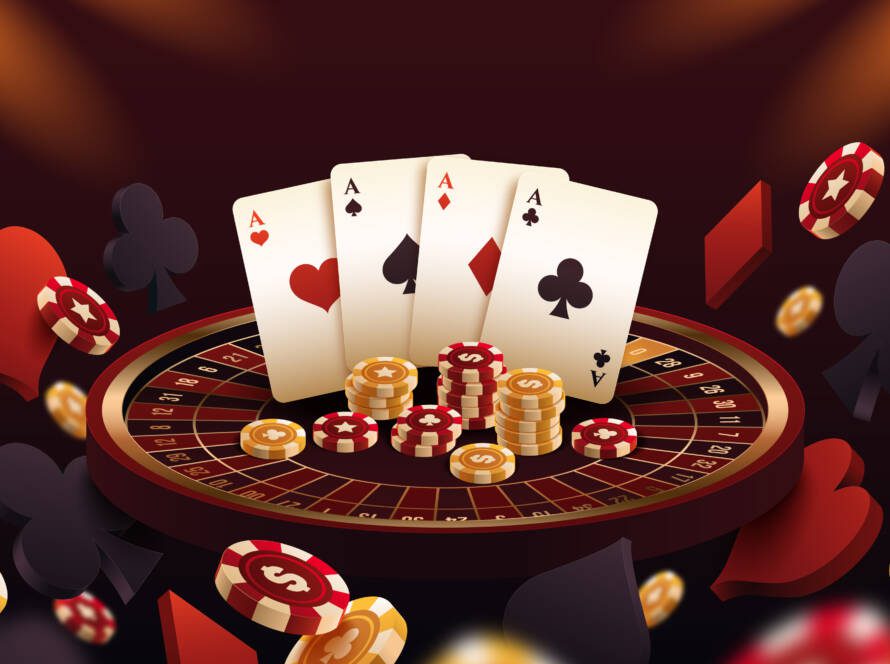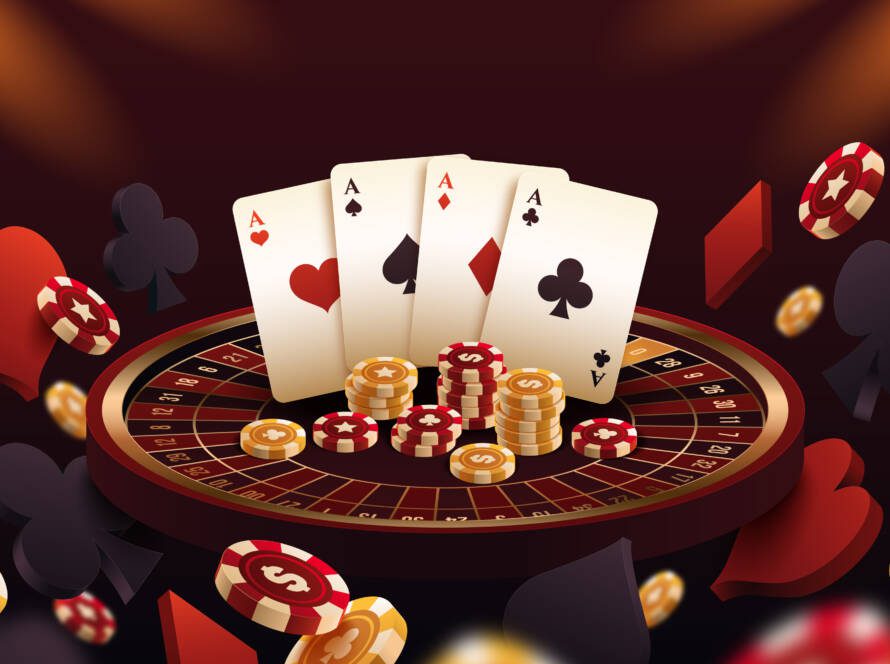What's The Point Of Nobody Caring About Evolution Korea
페이지 정보
Sima 작성일25-02-20 11:34본문
 Evolution Korea
Evolution KoreaIn the fight over evolution, Korean scientists aren't taking their chances. The Society for Textbook Revise has been fighting to remove the Archaeopteryx, horses and other symbols of evolution from textbooks.
Confucian traditions with their emphasis on success in the world and their high value of learning still dominates the culture of the country. But Korea is seeking an alternative model of development.
Origins
The development of Iron Age cultures brought more sophisticated states to the Korean Peninsula, including Goguryeo and 에볼루션 바카라사이트 Baekje. They all developed a distinct culture that merged with the influence of their powerful neighbors and they also adopted aspects of Chinese culture, particularly Confucianism and Buddhism however shamanism continued to be practised too.
Goguryeo, the first of the Korean kingdoms was the first to impose their own form of government. It established a king-centered system of governance in the early 2nd century. Through a series of wars, it eliminated the factions that were loyal to the Han dynasty from the north of the peninsula. It expanded its territory into Manchuria too.
It was during this time that a regional confederation was formed named Buyeo. In the Samguk yusa of the 13th century Wang Geon's name was mentioned as king. Buyeo was renamed Goryeo and hence the name Korea. Goryeo was a thriving commercial state and also a place of learning. They raised sheep, goats and other livestock and made furs from them. They wrote poetry and masked dance-dramas such as tallori and sandaenori and celebrated an annual festival known as Yeonggo in December.
Goryeo's economy was boosted by brisk trade with other nations which included the Song dynasty of China. Traders from Central Asia, Arabia, Southeast Asia and Japan came to Byeongnando, the gateway to Gaeseong's capital city. Gaeseong. The items they brought were medicinal herbs and silk.
Around around 8,000 BCE Around 8,000 BCE, the Koreans started to establish permanent settlements and started cultivating cereal crops. They also developed pottery and polished stone tools and started organising themselves into clan societies. The Neolithic Age lasted until the 12th century BC. Around this time, Gija, a Shang dynasty prince from China, is said to have introduced high-culture to Korea. Up until the 20th century, a lot of Koreans believed that Dangun and Gija gave Korea its people and their traditional culture and their basic culture, respectively.
Functions
Korea's old development paradigm, which emphasized the role of capital accumulation by the state and government intervention in industry and business, 에볼루션 사이트, Daoqiao.net, led to rapid economic growth that catapulted it from being one of the world's poorest countries to the ranks of OECD countries in three decades. The system was plagued by moral risks and even corruption. It was therefore not sustainable in a world economy marked by trade liberalization, liberalization and the procesnth largest economy, and the sixth fastest growing. It has a growing middle class and a strong R&D base that drives innovation. Additionally the government has recently increased its investment in infrastructure projects to help economic growth and encourage social equity.
In 2008, Lee Myung Bak's administration introduced five indicators of leadership in an effort to create an organization for development that focused on changes and practicality. It attempted to streamline the government organization, privatize public corporations equipped with greater efficiency, and also to reform administrative regulations.
Since the ending of the Cold War, South Korea pursues a plan of integration of its economy the rest of the world and beyond the region. Exports of high-tech consumer electronics and advanced manufacturing techniques have become an important source of income. Additionally the government has been promoting the Saemaeul Undong (New Community Movement) initiative, which is transforming the country from an agricultural one to one that is focused on manufacturing.
The country also enjoys an extremely high standard of living and provides many benefits for employees, including pregnancy leave and job security. Employers are also required to subscribe to accident insurance which covers costs associated with work-related illness or injury. Likewise, it is typical for businesses to offer private medical insurance that provides insurance for illnesses that are not covered by the National Health Insurance.
As a result, South Korea has been thought of as a model for success for many developing nations around the globe. The global financial crisis of 1997 that swept across Asia, challenged this view. The crisis challenged the traditional wisdom about Asia's miracle economies, and prompted an overhaul of the role of the government in managing risky private activities.
It appears that Korea's destiny is not certain in the following changes. A new generation of leaders have embraced the image of an "strong leader" and are beginning to experiment with market-oriented policies. A strong domestic power base makes it difficult to implement any major change.
Disadvantages
The revival and influence of creationists is a major hurdle for 에볼루션 바카라 무료체험 Korean science in its efforts to educate the public on evolution. The majority of Koreans support teaching evolution to students, but a small group led by Bun-Sam Lim (the director of the Society for Textbook Revise, STR) is advocating for the removal of evolution from textbooks. STR argues that teaching evolution encourages "atheist materialism" and portrays an "unhopeful" worldview for students, which could cause them to lose faith in humanity.
The roots of this anti-evolution sentiment are complex and diverse. Some researchers suggest that it is due to religious belief, while others point to an increasing prevalence of anti-intellectualism, 에볼루션 which has been exacerbated by growing political elite fragmentation along ideologies, regions, class, and gender. Additionally, the one-sided populism of the government, bolstered by powerful conservative business interests and think tanks, 에볼루션 바카라 무료체험 aggravates public distrust of the scientific community.
In the end the study's findings regarding the widespread vulnerability highlight the need for targeted interventions that can mitigate them preemptively. As Seoul continues to pursue its goal of becoming a cohesive urban landscape, these findings can be used to inspire a unified push for greater inclusion in its policies.
In the COVID-19 case, pinpointing the vulnerable neighborhoods and the occupants will be essential to crafting specific, compassionate policies to improve their lives and security. The COVID-19 epidemic's disproportionate impact on Jjokbangs for instance, reflects socio-economic disparities which can increase vulnerability to both natural and man-made catastrophes.
To overcome this, South Korea requires a more inclusive and diverse civil society that can unite all communities to address the most pressing problems of the city. This requires a fundamental change in the structure and power of the institution of politics. The Blue House can mobilize a large bureaucracy and utilize the Supreme Prosecutor's Office, and the intelligence bureau to exert influence on the political scene. These agencies aren't under the scrutiny of the parliamentary bodies or independent inspection agents. This gives the president the power to impose their vision on the rest the country. This recipe could lead to polarization and stagnation of the country.

댓글목록
등록된 댓글이 없습니다.

















